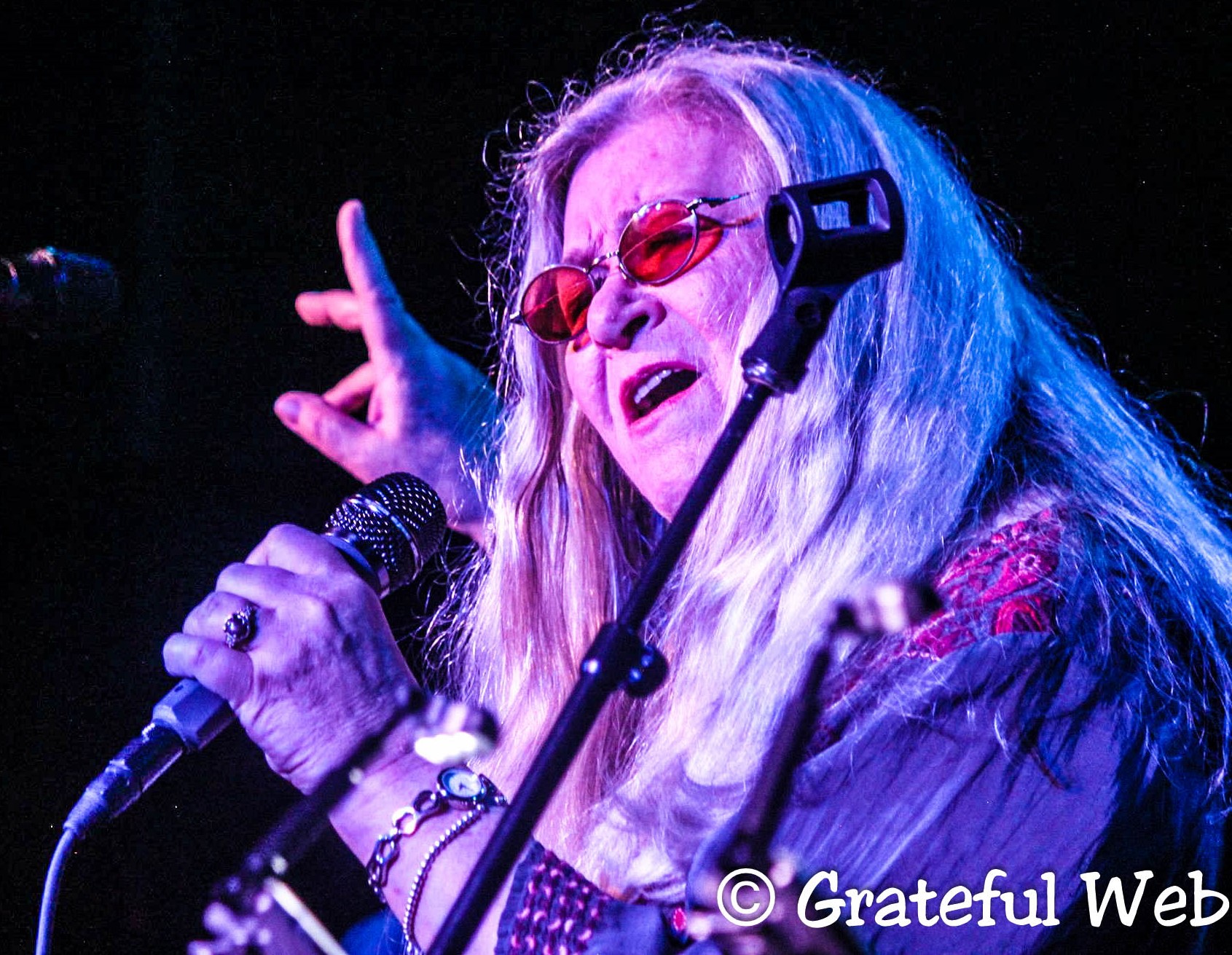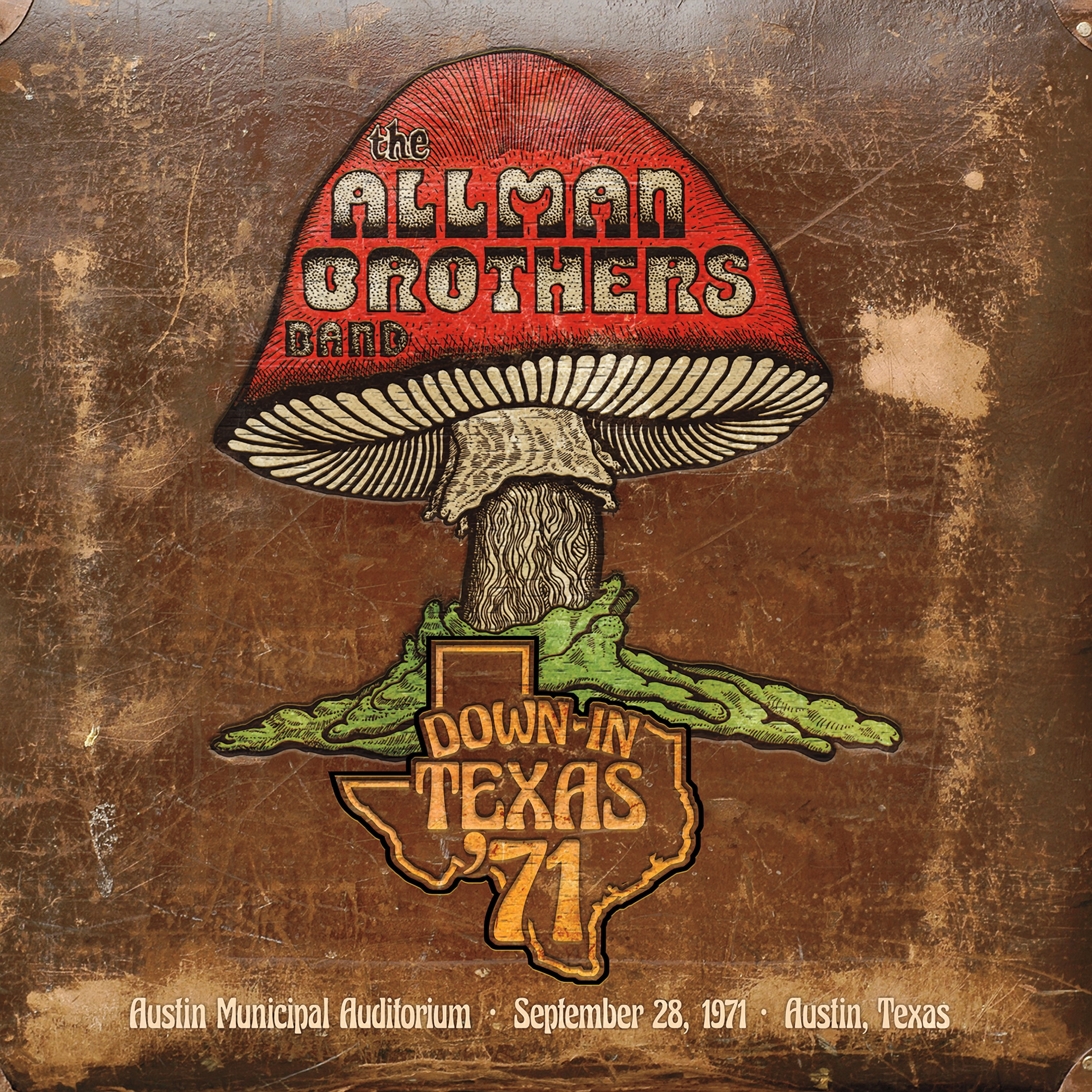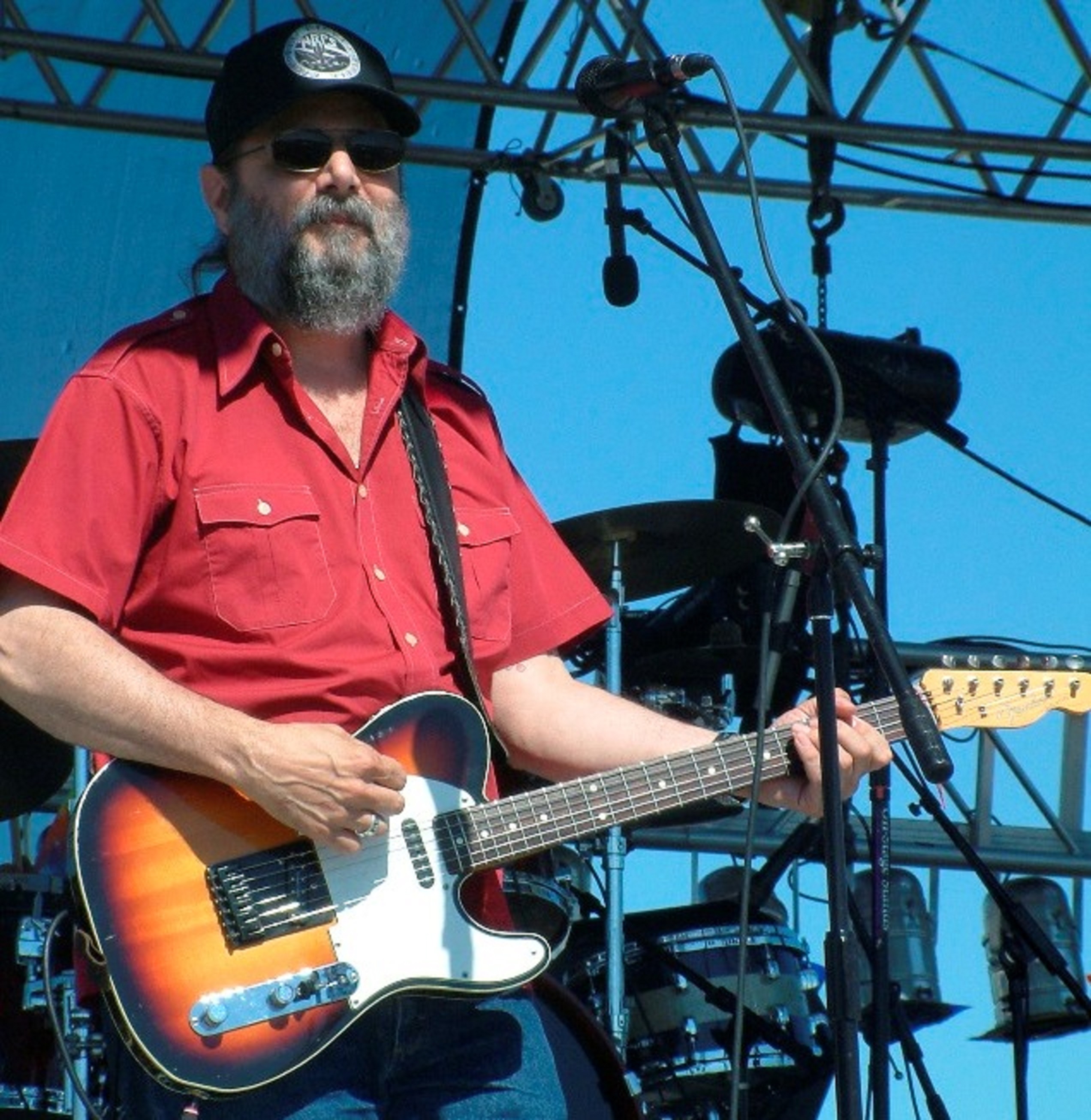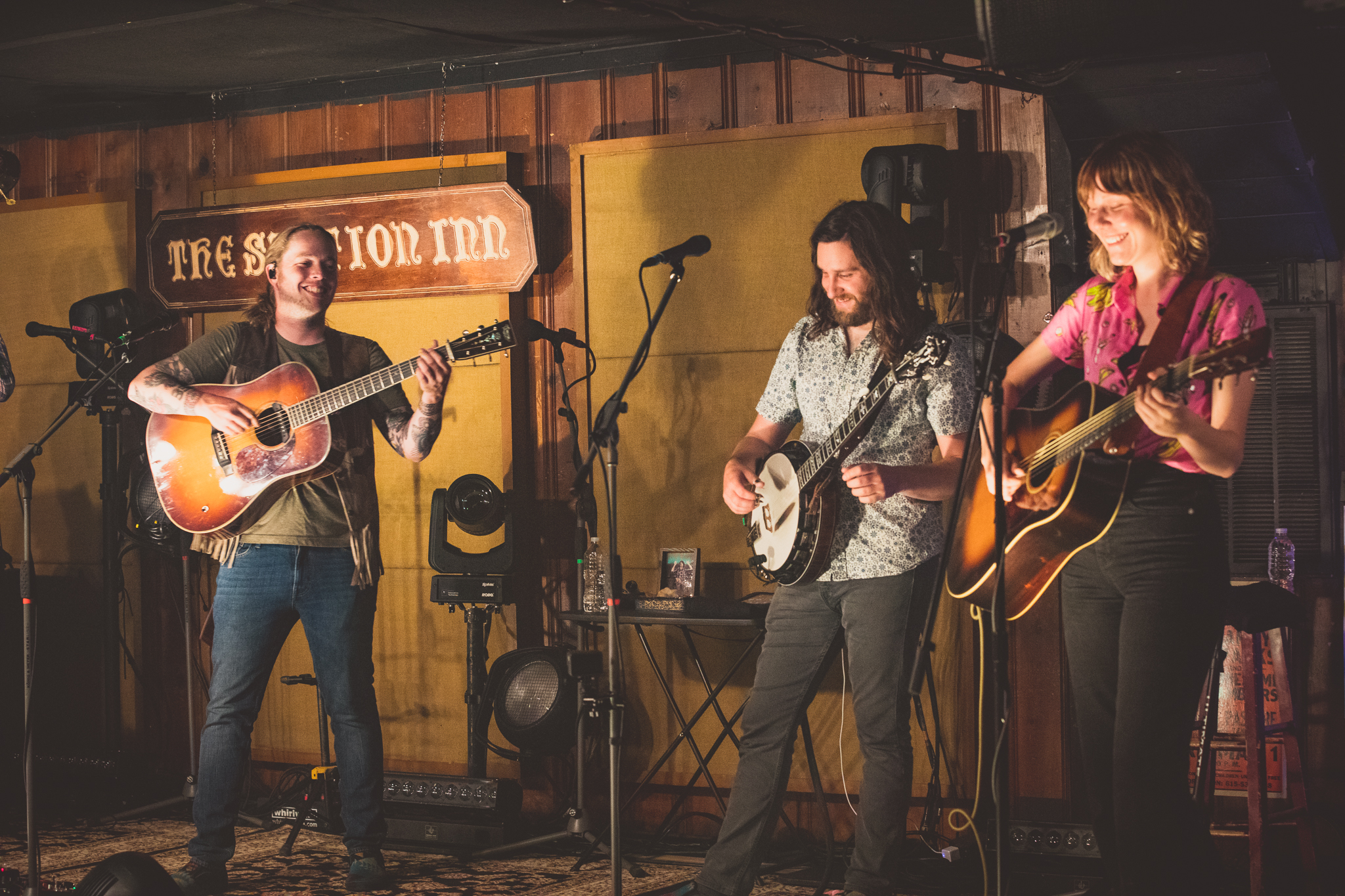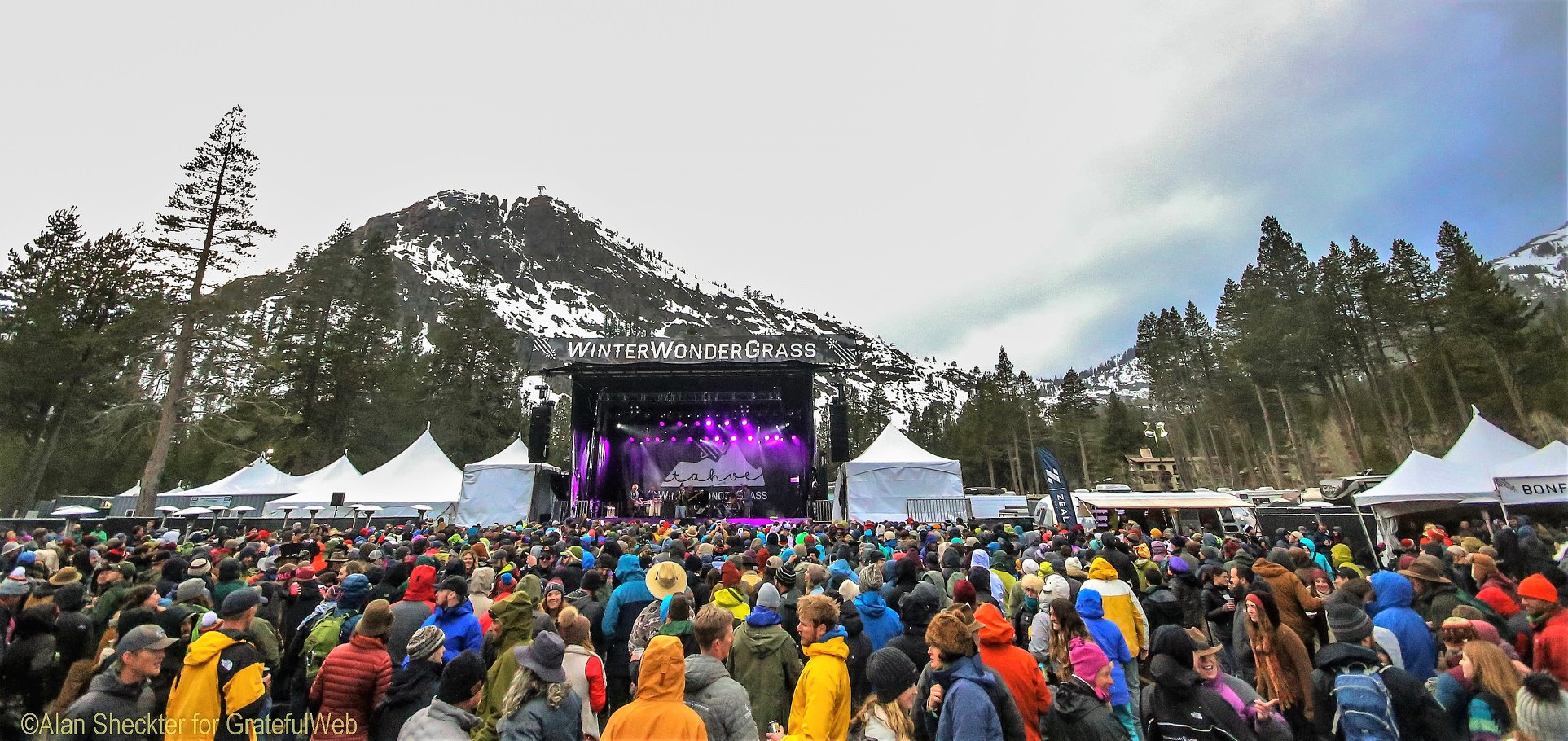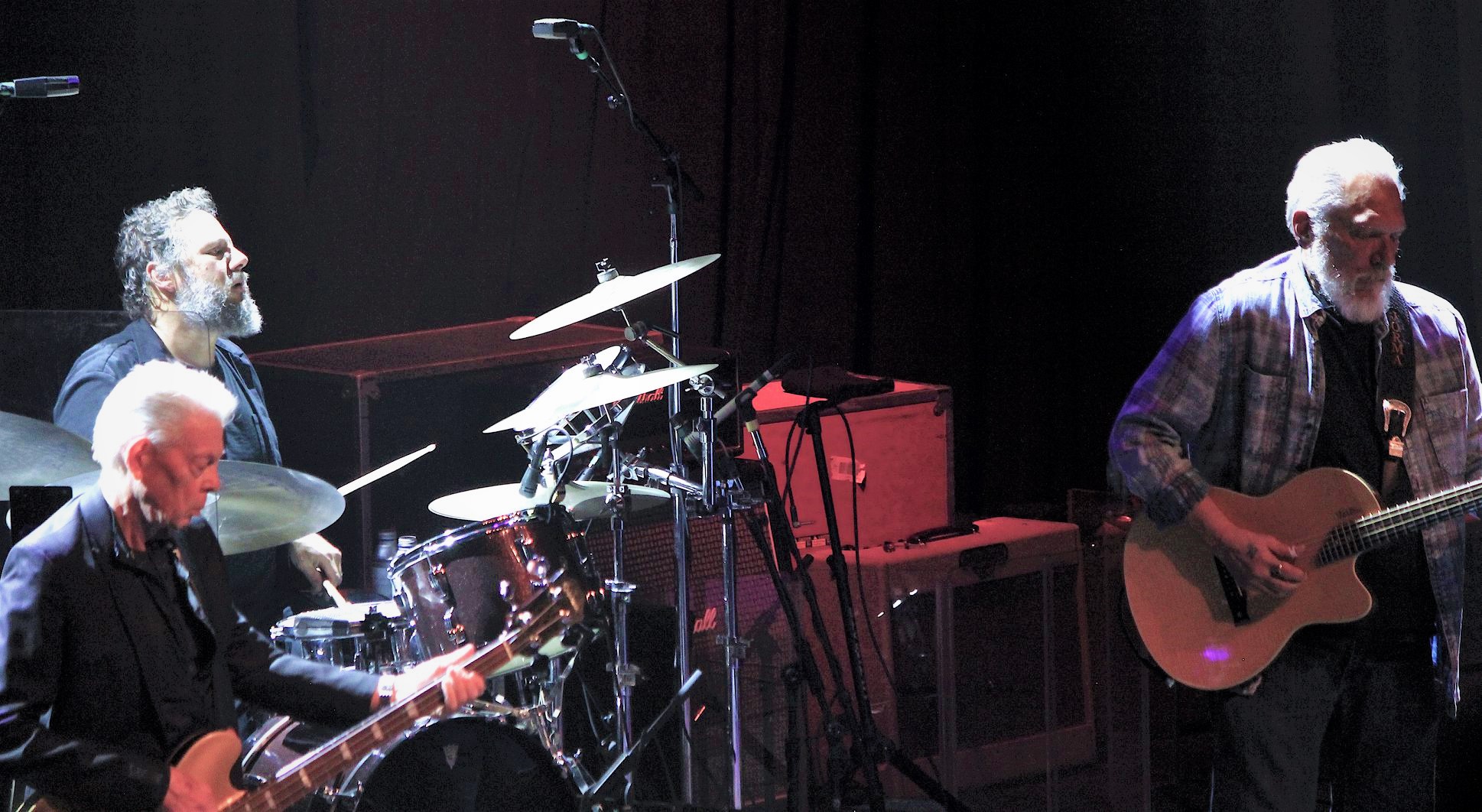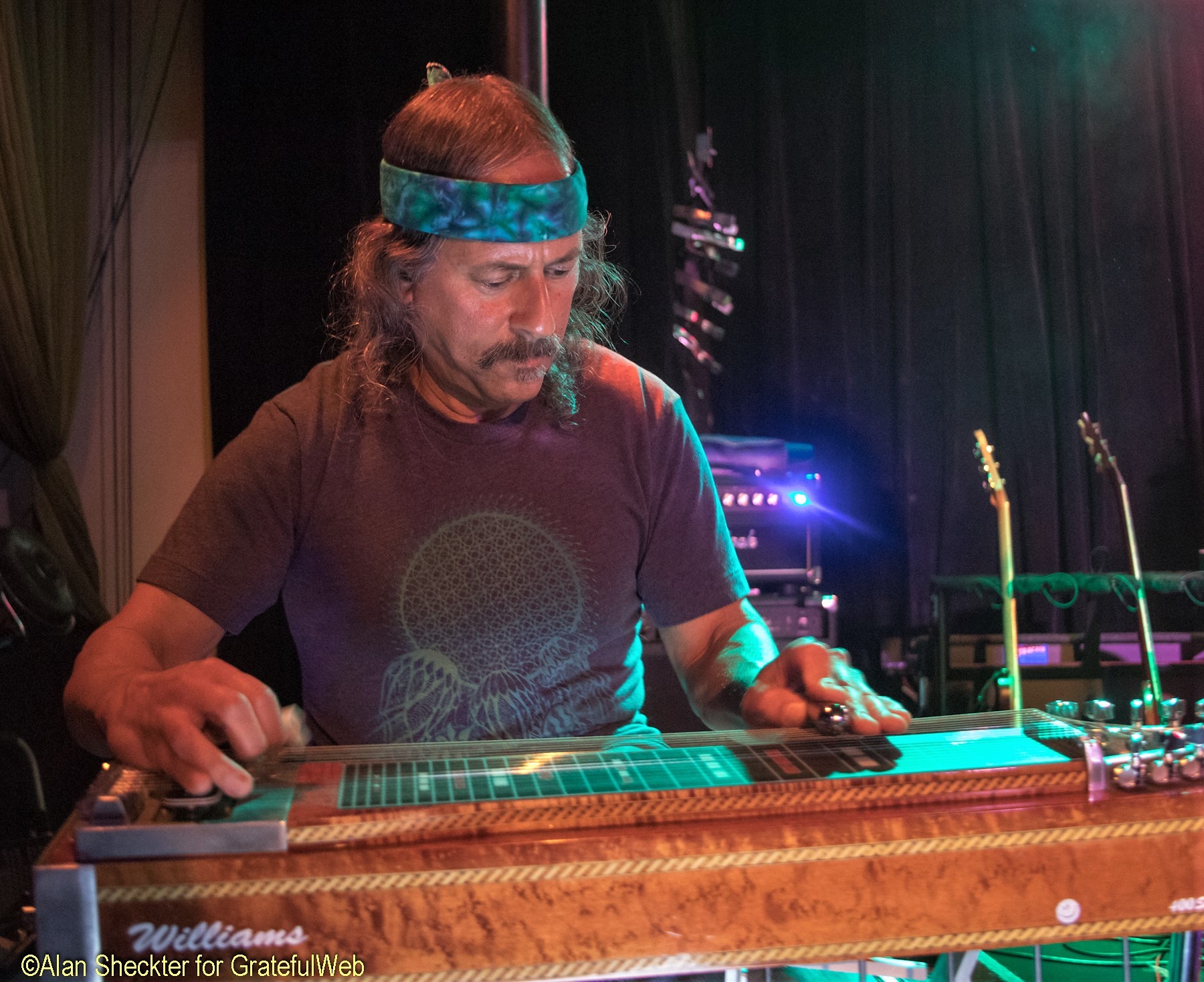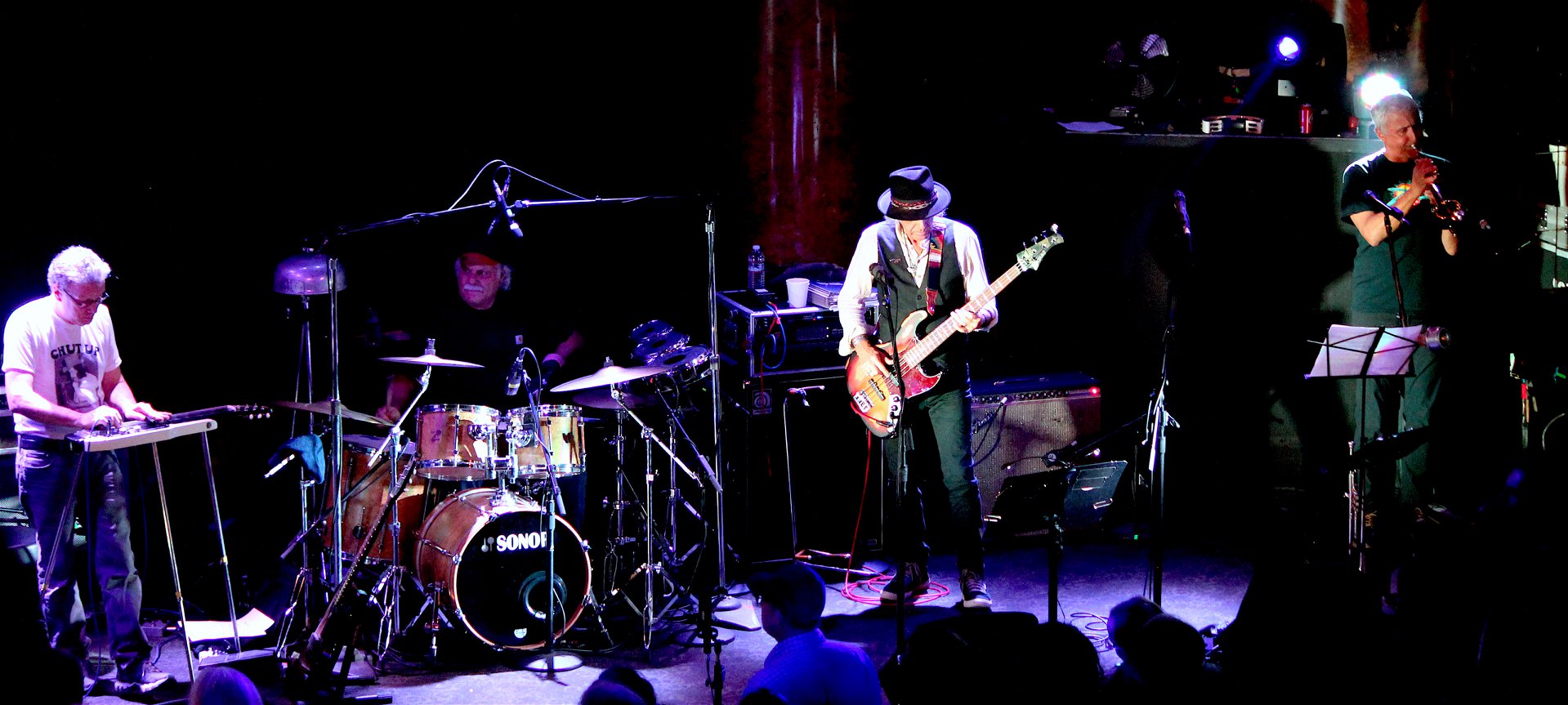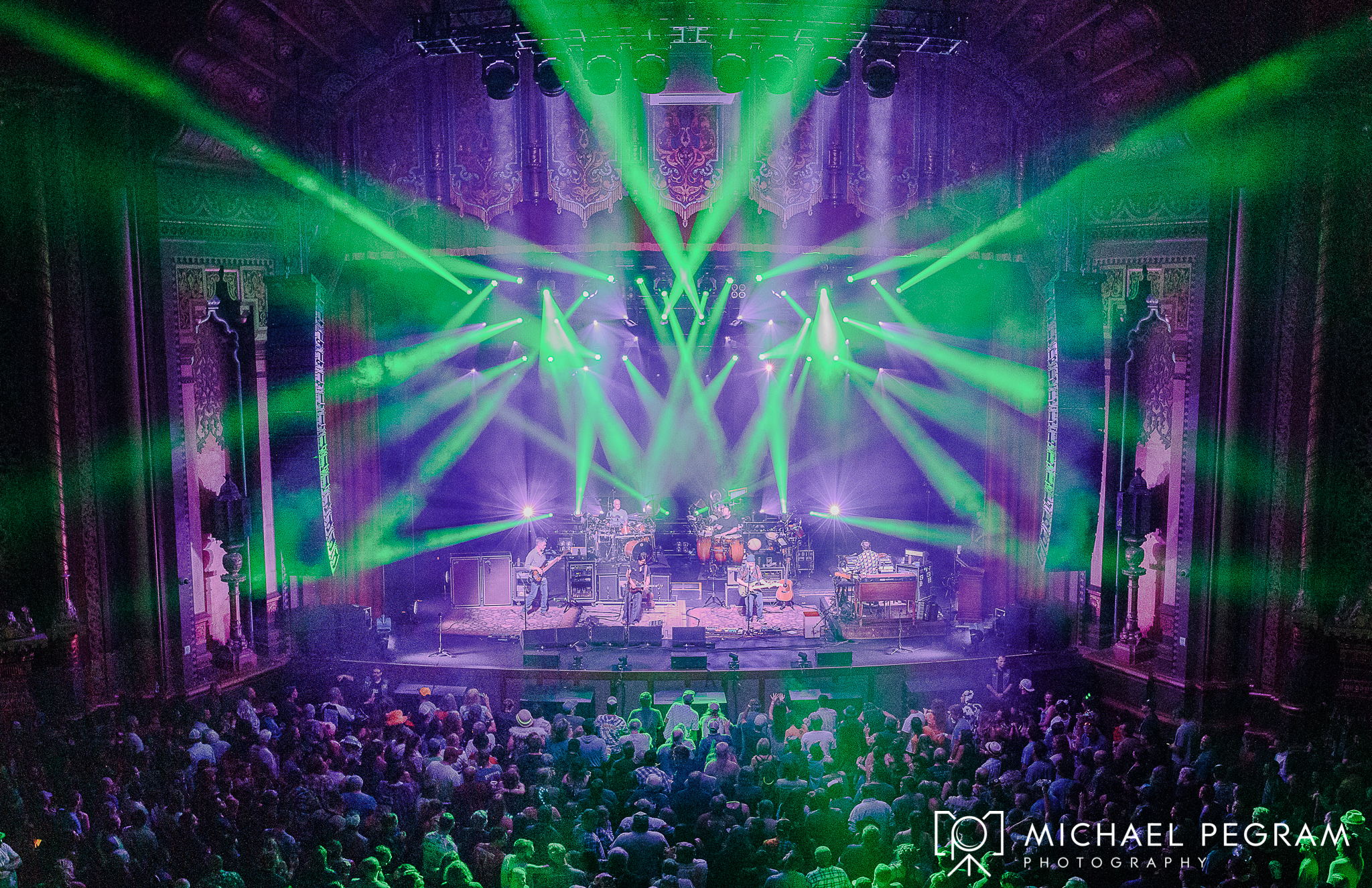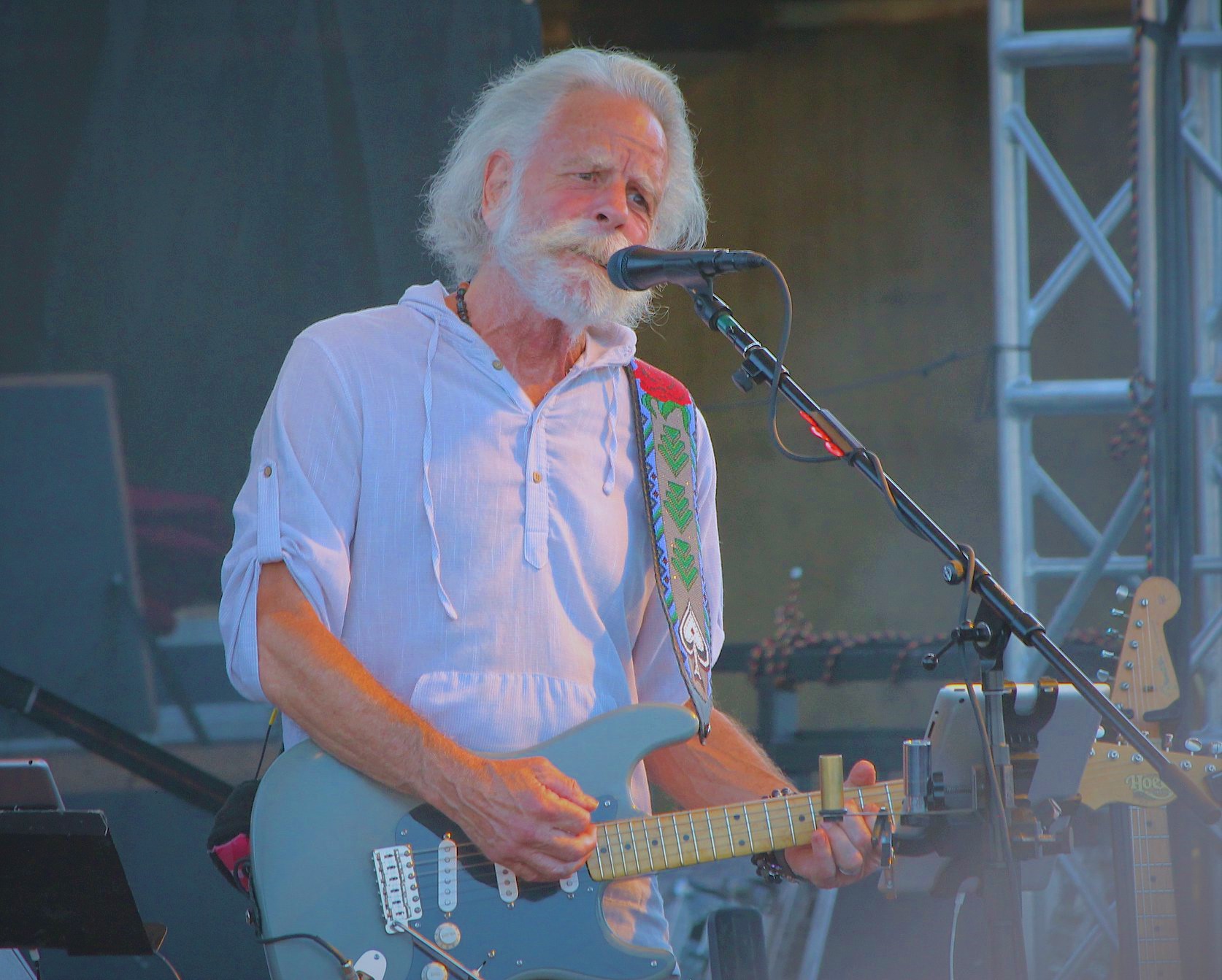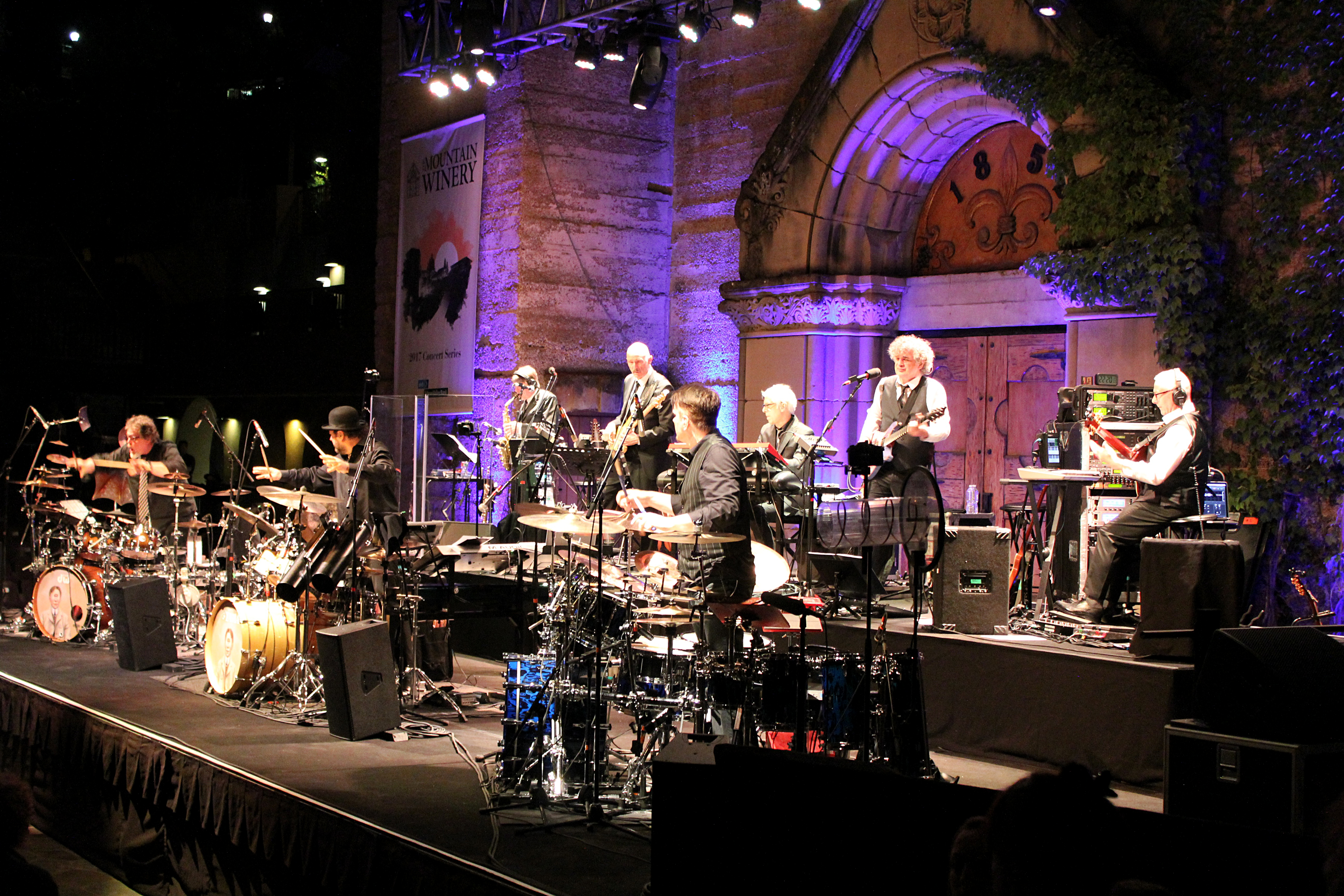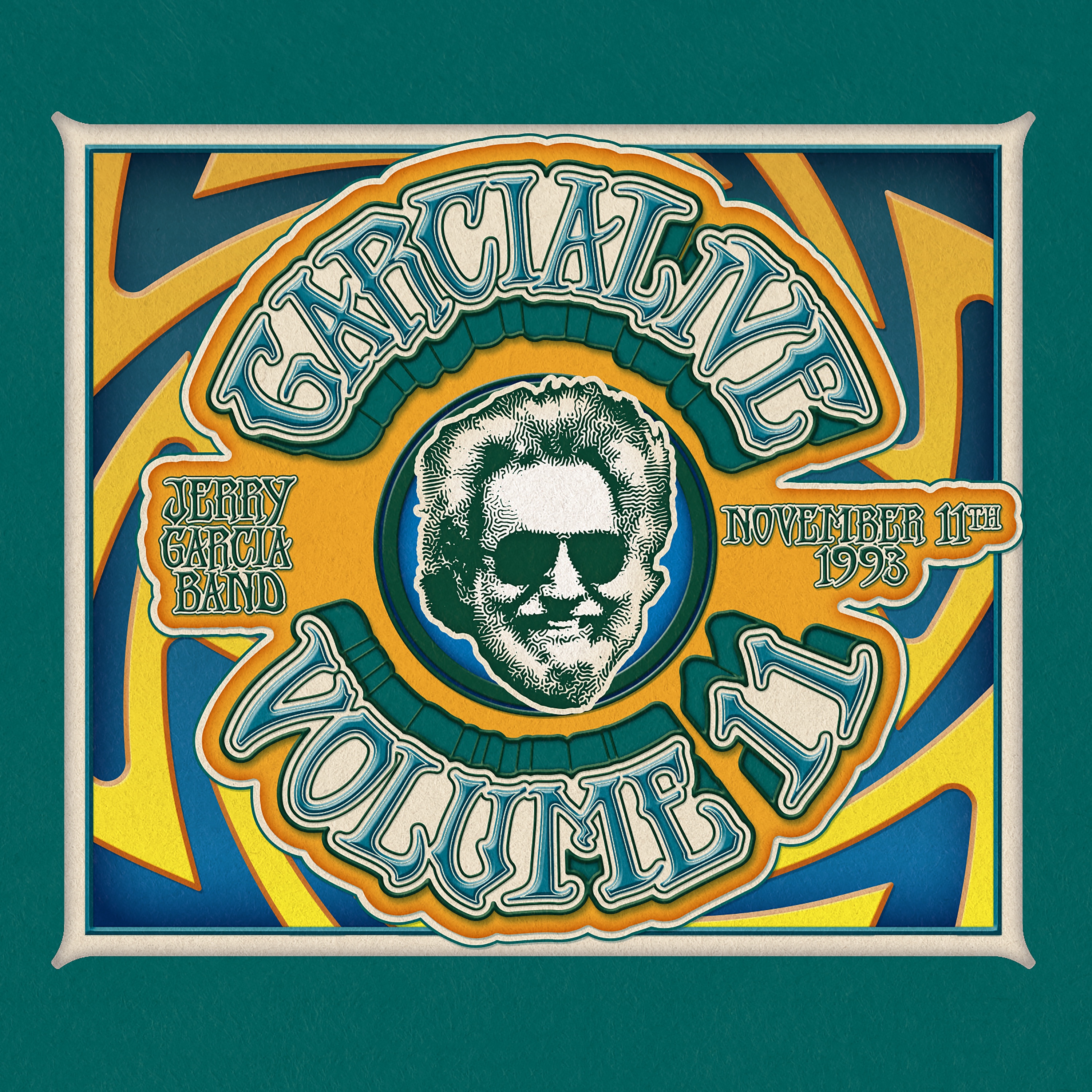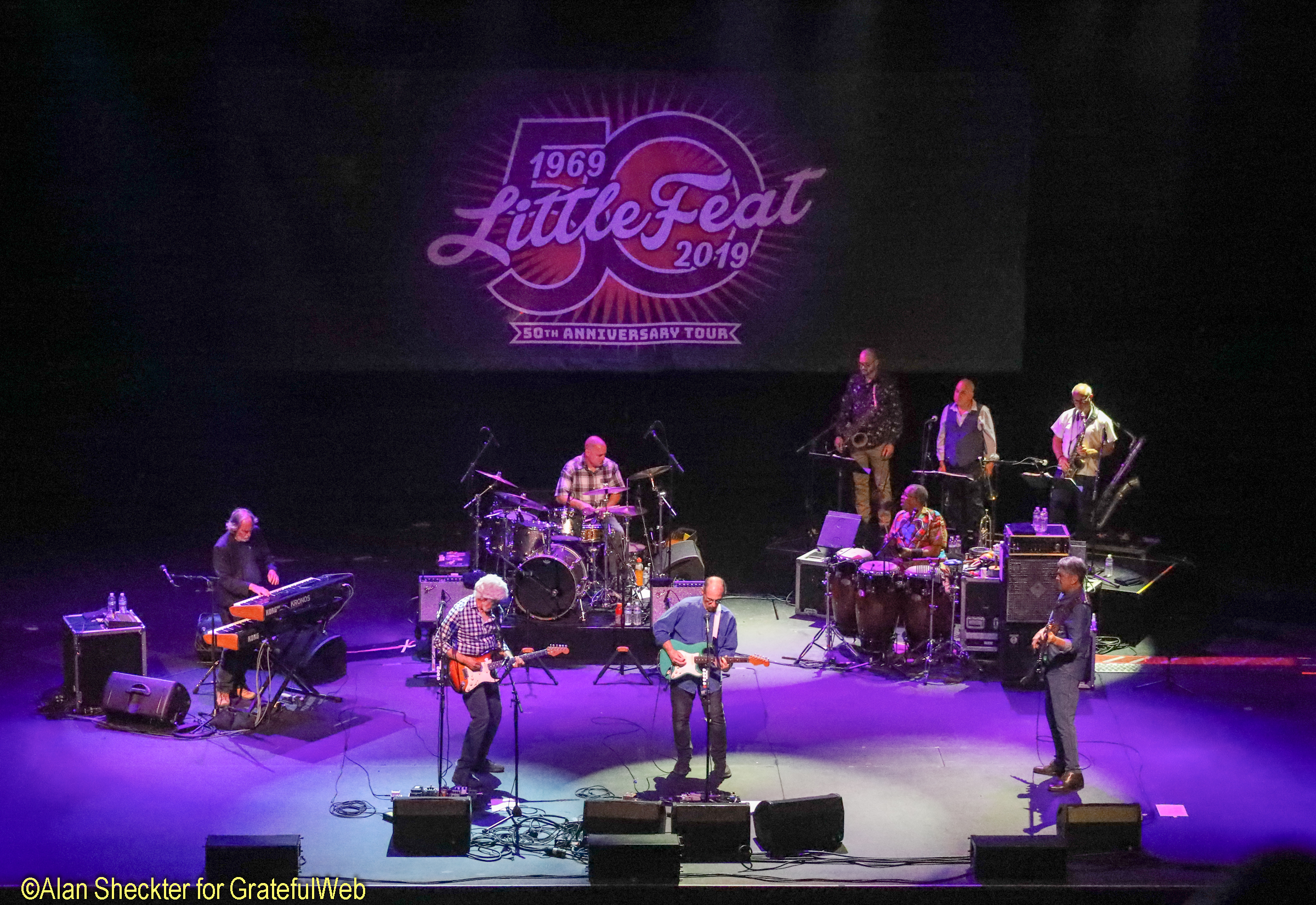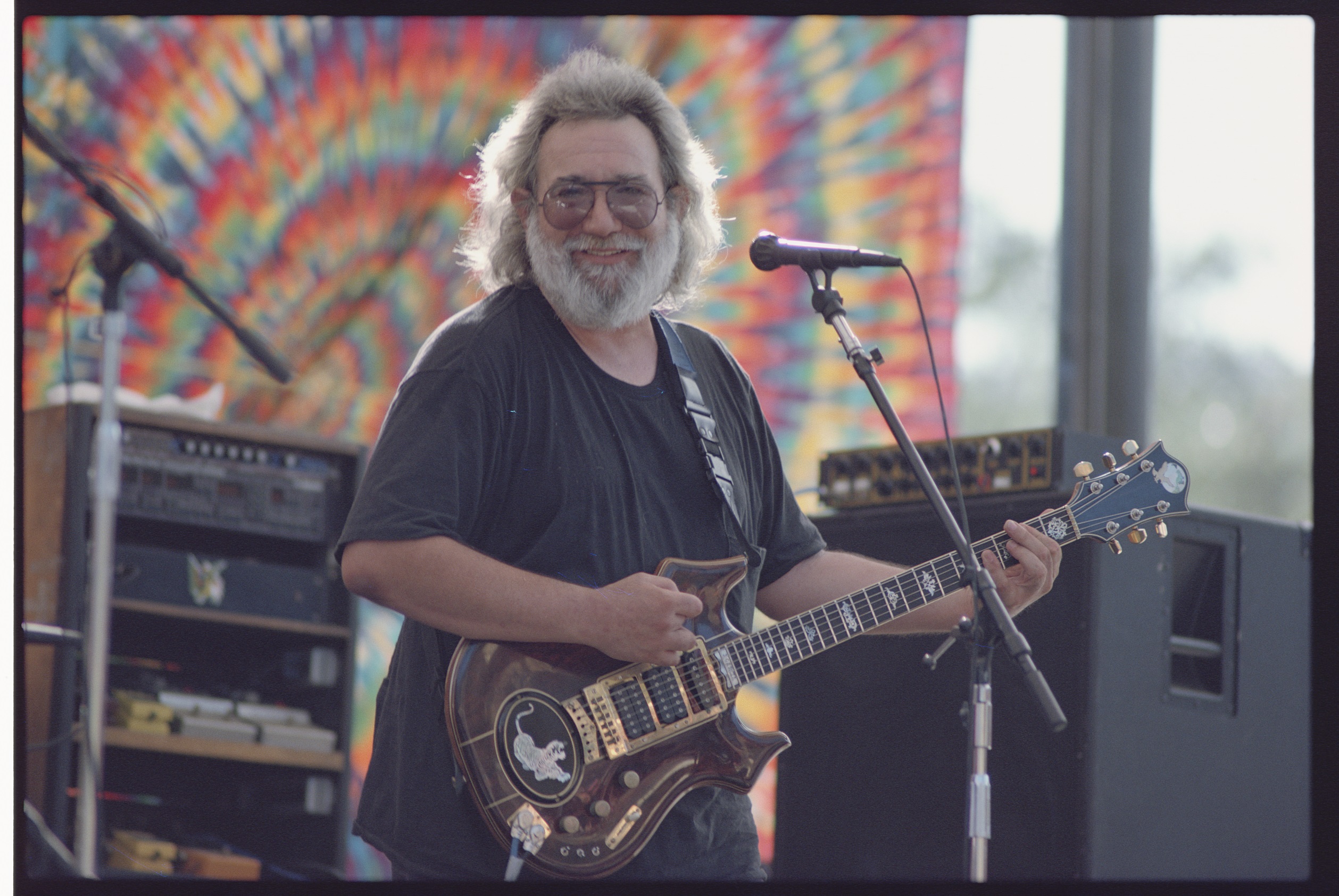Grateful Web recently had an enlightening conversation with Hawk Semins of The Owsley Stanley Foundation. Hawk is an OSF board member, the Foundation's lawyer, the corporate secretary, the executive producer of the box set, and sometimes he even works in the mailroom. He helped to form the Foundation after Bear died and has volunteered his time to the organization since then, working closely with Bear's son, Starfinder Stanley, the OSF President. The non-profit organization was founded with the mission of preserving “Bear’s Sonic Journals,” which includes more than 1,300 live concert soundboard recordings from the 1960s and 1970s. The iconic acid purveyor of the 1960s San Francisco scene was also a technical wizard who revolutionized concert sound logistics and recording practices. His passion for the music and preserving the artistry brought him in close circles with bands like the Grateful Dead, Jefferson Airplane, and Janis Joplin. Owsley’s legacy is perpetuated with the sensational primer release from Bear’s Sonic Journals; four complete concerts from San Francisco’s Boarding House in May of 1974 from folk legends Doc & Merle Watson.
GW: There are two separate aspects to examine regarding this very first release from Bear’s Sonic Journals. There’s the element of Owsley Stanley’s recording and the element of the performance itself. Let’s talk about Bear as a recording artist. It’s a curious selection as the premier of this series of archival releases, a folk recording, Doc and Merle Watson. Why this as the first? What sets this apart?

HS: There are a lot of reasons that this is the first release. When you get the chance to hear it in full, you’ll hear the stunning sound quality. It sounds like they’re in your living room. We sold [the box set] at MerleFest and noticed that all the folks who bought it on Thursday came back to us Saturday or Sunday ecstatic. We sold we sold more than 260 copies at Merlefest. The sound quality is dynamite. You can hear the scratching of the pick on the strings. It’s a very good first representation of Owsley in peak form with a legendary artist who is also in peak form.
I first heard the flat transfers when I was on my way to the Grateful Dead: Fare Thee Well shows. The band had invited [The Owsley Foundation] and I was driving to Chicago with my wife when I first heard Jeffrey Norman’s flat transfers. It was the May 2nd, 1974 show. I just couldn’t believe it. I knew right then and there it was a great recording. It was certainly already in the running; we’ve got about fifteen projects in the hopper, but we dug especially the cross-pollination appeal of these shows. Everybody knows we’ve got Grateful Dead, but they might not realize we also have eighty different artists covering every idiom in music, from classical music to Indian Ragas, from blues to jazz. Doc Watson is one of those representatives from idioms that was always on the perimeter of what was happening in the music of the San Francisco scene. It was truly at the heart of many of those psychedelic musicians from that era.
In the liner notes by T. Michael Coleman (Doc’s bassist at the time,) he talks about how those psychedelic artists absolutely embraced Doc & Merle when they came out there, viewing them as authenticity embodied. The psychedelic scene and roots music scene were a perfect match. The rock’n’roll scene influenced Doc, which is part of the reason he hired T. Michael in the first place to make their sound so elaborate.
GW: Bear was legendary in part for his recordings of electric rock’n’roll with ever-evolving equipment advancements. Why were Owsley Stanley’s recordings of acoustic and unplugged concerts so revolutionary? How did he approach it differently than taping a rock show?
HS: That’s a great question. I’m going to try to answer this without getting too technical. Part of what makes this release so special was that eight months prior Owsley had recorded Old & In The Way at the very same venue, The Boarding House in San Francisco. He knew the venue very well; in those shows he used 8 mics, 4 to each channel, mixed live into the Nagra. We don’t know exactly how many mics he used in this show, but we know there were dedicated recording mics, separate from the house sound mics, and it's reasonable to guess that he used a similar setup as for the OAITW shows. There’s an interesting moment on the first night of the run. Mid-set, Doc pauses and says, “Look at all these microphones around there! I see one, two, three, four…” Of course, Doc was legally blind so for him to see those, one could only imagine how many mics were set up to capture these three musicians.

Something else to keep in mind was that Owsley was never quite satisfied with the sound, always trying to improve and make better. In terms of the way would approach acoustic or electric amplified stuff, I can’t speak for him supposing what his mindset was. I can say that his principles for recording were always the same, trying to maximize the sound and get it out to the crowd with zero-distortion. No distortion, no interference, the soundman is unobtrusive, no equalization, it was a single-point sound setup. The sound should be coming directly from the stage, unadulterated by other mechanisms. If it doesn’t sound right, move the mics, if it still doesn’t sound right get better equipment and build it better. What you’ll hear if you're really attuned to it, is that the sound is different just as the playing is different every night.
We didn’t intend on doing a box set as our first release. But when we were listening it was noticeable that the quality of the playing is excellent universally and different each night. The atmosphere in the room was different each night, and the way Bear mic’ed it was different each night. What you get is this progressive effect of this sound recording engineer improvising as the artists are improvising. Never The Same Way Once as a title speaks for more than Doc, Merle, and T. Michael’s performance, but also for Bear’s recording techniques.
We spoke with T. Michael about the idea of releasing the entire run of shows, asking what he thought of it. T. Michael laughed and said, “Shoot, we never played Tennessee Stud the same way ONCE, let alone twice!” The fun will be in listening to the different versions. They’re playing with different tempos, tonalities, and feel. It’s like a time capsule within a time capsule. You can feel the progression of the audience’s energy and interaction with the band, and the band plays accordingly. By the fourth night, it’s like a rock’n’roll show, a blistering performance with high energy. We decided to release it all because it was so damn good.
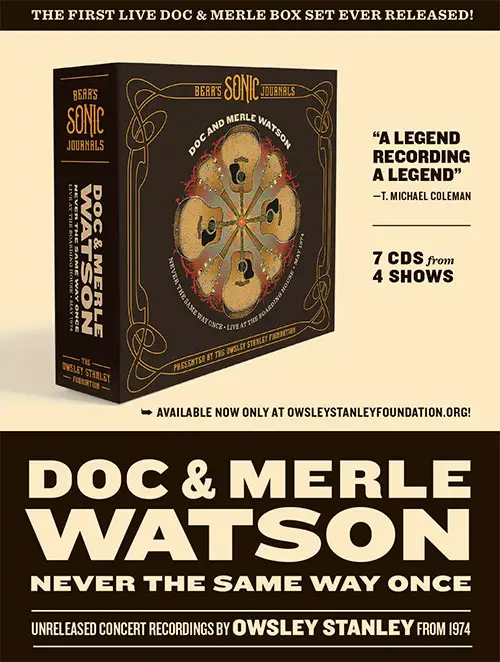
GW: Yeah, the title Never The Same Way Once is a testament to the recording process, the music and the man recording the music. Bear & Doc have that common thread of never doing what they did the same way once. Was Doc aware of Owsley Stanley’s legacy and who he was? If so, do we know what his opinions might have been of Bear, the whole San Francisco scene, and their music?
HS: Yes, Doc knew who Owsley was. He was a legend by that time they came thru in 1974 for these shows. We know that he recorded the Marin County Bluegrass Festival a few days prior, we have those tapes, which are also excellent, though segments have already circulated as bootlegs. Never The Same Way Once, however, has never been made public and never circulated before this. In fact, there’s no real record out there of these shows even happening, aside from what Bear had. We dug up some microfiche from the Stanford Daily, but that was all we could find. Nobody has these tapes, which is odd because many of Owsley's recordings have left the archive. For Doc fans, it’s like the heavens opened up and this miracle fell out.
Back to your question, Doc, Merle & T. Michael all knew who Bear was. The way T. Michael tells the story is that Owsley showed up and remembers him and Doc having rapport, which is another indication that they met at the Marin County Bluegrass Festival. He remembers them sitting down at a table. Owsley handed Doc a microphone, apparently having a very technical conversation, about the recording process and approach. Doc was a very technical guy too. I’ve heard interviews with him where he talks about if he hadn’t had such poor sight; he’d been very mechanically inclined. He probably wouldn’t have played music; he’d done something with his hands. He and Owsley spoke that same technical language and hit it off. We’d like to think he was impressed with the seriousness which Owsley approached everything. And he allowed Bear to tape the show.
GW: It’s amazing to think of. Doc wasn’t heavily invested in that progressive hippie scene or compared to artists like John Hartford or Sam Bush, who were from that younger generation.
HS: It’s true. I’d like to point out that in the album cover art we were trying to capture just that when traditional meet psychedelic in a beautiful marriage. I hope we were successful in that.

GW: It’s a good-looking set. I can’t wait until mine arrives! When it came to post-production, which Jeffery Norman mastered were there any technical anomalies present in the tapes? What did the re-mastering process involve?
HS: There were no physical problems with the tapes whatsoever. It was a very straightforward process. It took a while because of the sheer volume of music contained. We didn’t do any EQ work on it; we wanted it to sound as Bear had recorded it. We had very strict guidelines/parameters that we got from Bear when he was alive, about how he wanted his tapes to be handled. No mash-ups, songs needed to appear consecutively, no splices or overdubs. We don’t mess with that stuff. The result is exactly how it sounded like that night. That’s the way he wanted it and that’s how we did it.
Bear would have never been satisfied with cutting this collection of shows into thirty-six tracks for digital download like we are doing on June 23rd. We’re only doing it because we know it will help bring to music to more ears, and also because we’re releasing it as the box in its entirety, to make sure the history is completely available unaltered. We’re honoring the traditions he set forth. We’re also releasing one of the nights on vinyl and two of the nights on analog tape, hopefully by the end of the summer. We’re looking into as many formats that we can transfer this music in the highest possible quality.
GW: The Owsley Stanley Foundation is certainly doing justice to his spirit and guidance. Bringing out the highest quality to reach audiophile listeners, those who are meticulous about which live recordings they add to their collections.
To bring back a previous topic, it’s exciting to think about the vast diversity of artists recorded by Owsley Stanley. Are there any future releases Y'all are dialed in to? What’s next?
HS: We have about fifteen projects in the hopper. The goal of these fifteen if we’re successful is to capture one-by-one, the range of idiom that Owsley recorded during this heyday of late 20th century American music. That’s another reason why leading with bluegrass was absolutely fitting for that model. I could tell you that my aspiration would be for the next release to be something psychedelic, perhaps something more consistent with people’s expectations of the realm that Owsley came out of. I’d like it to be something people haven’t heard before, but a lot of tapes that would have been great for that already circulate and we’re wrestling with whether that matters or not. Then again what people could be listening to might have multiple generations of transfers. Making the master reels available for release could still be extremely valuable projects.
Another side note on releases, Owsley absolutely believed in protecting artists rights, meaning he respected artists wishes on whether or not they would want a live recording of their music released. He owned his reels as intellectual property, but he always honored artist’s wishes that didn’t want the music out there. So all of these factors play into which recordings are and aren’t options for release.

GW: Does the Owsley Stanley Foundation make any money from this release?
HS: We do not. In fact, we’re an entirely volunteer-run organization. The services that we have received from some of the most exalted companies in their field have been just incredibly generous to us. Mechinca USA did all of the design work pro bono. The Grateful Dead were remarkably gracious to us by placing us as beneficiaries in their auctions during Fare Thee Well. Hot Tuna played a benefit show for us back in November 2015. Without these contributions, we wouldn’t exist let alone be presenting this music the way we are. Owsley's family does not make a penny off of this. They donated the tapes to the non-profit foundation; of course, Starfinder Stanley [Owsley’s son] sits as a director on the board. As for the royalties from sales, half of it goes to the artist, and half of it goes back to the Owsley Stanley Foundation to continue our mission. That’s it.
Owsley Stanley Foundation has already made Doc & Merle Watson: Never the Same Way Once- Live at the Boarding House- May 1974, available thru their website. You can purchase in stores on June 23rd or as a digital download.






